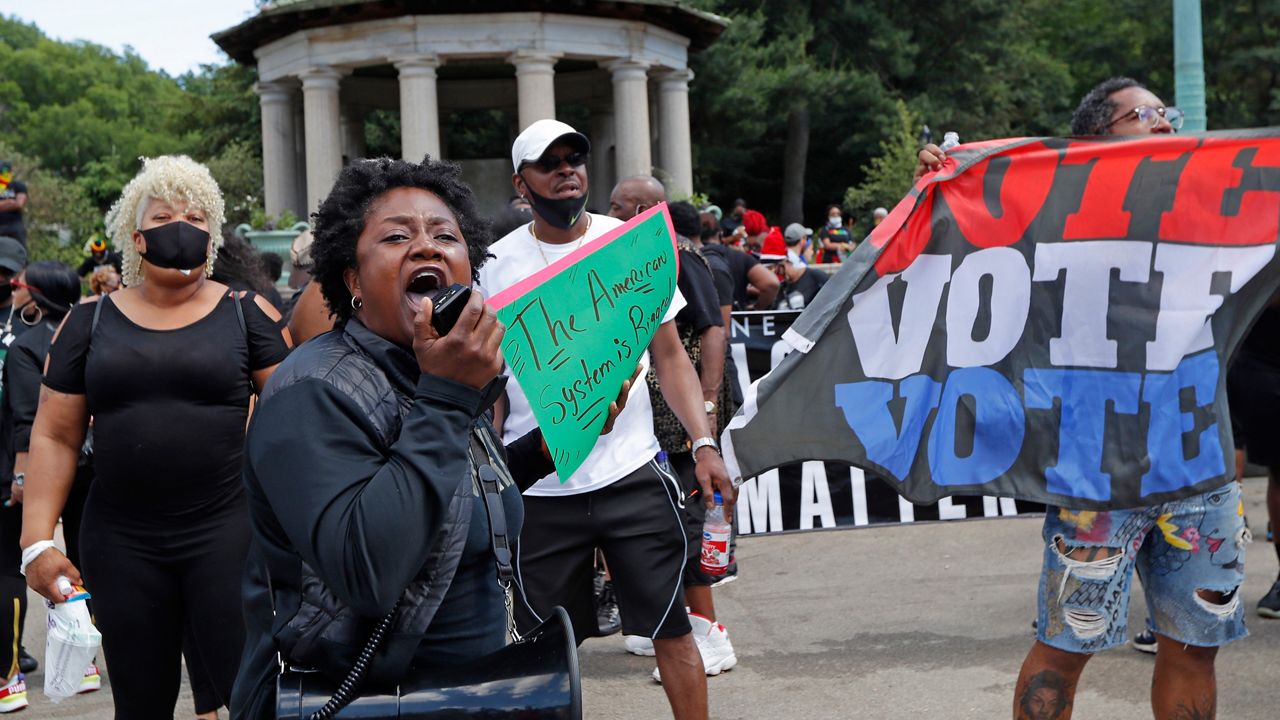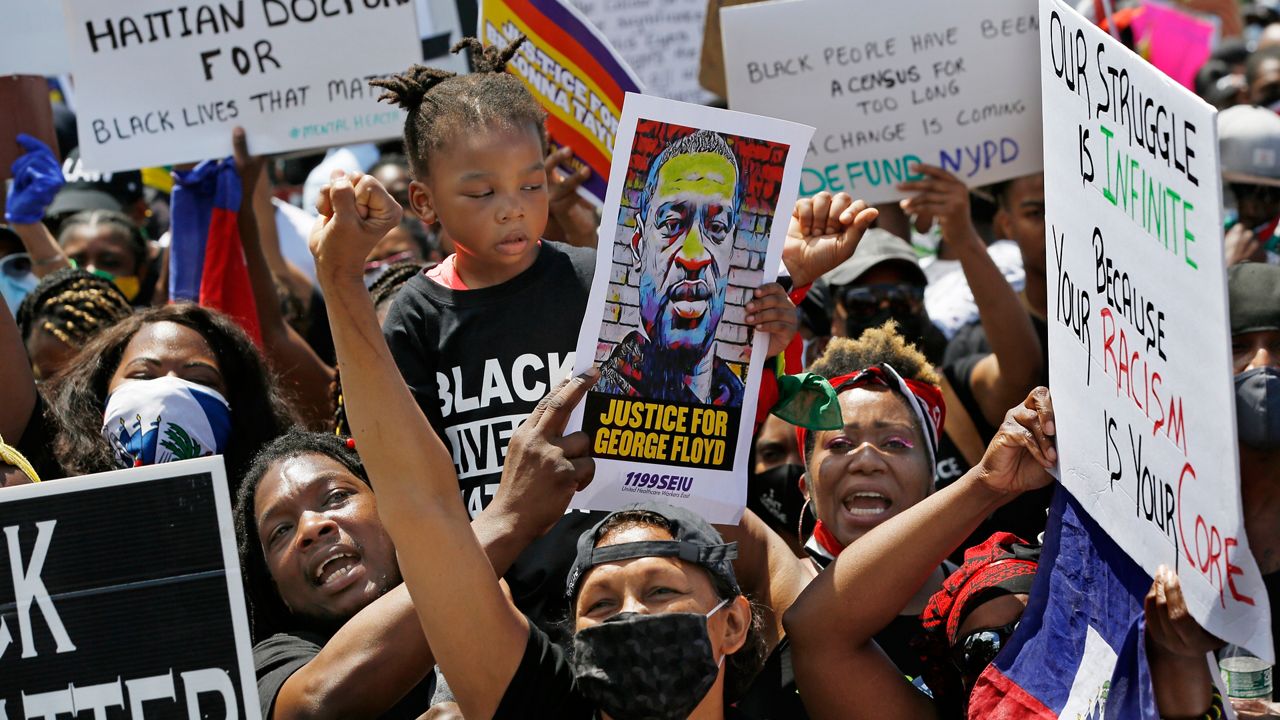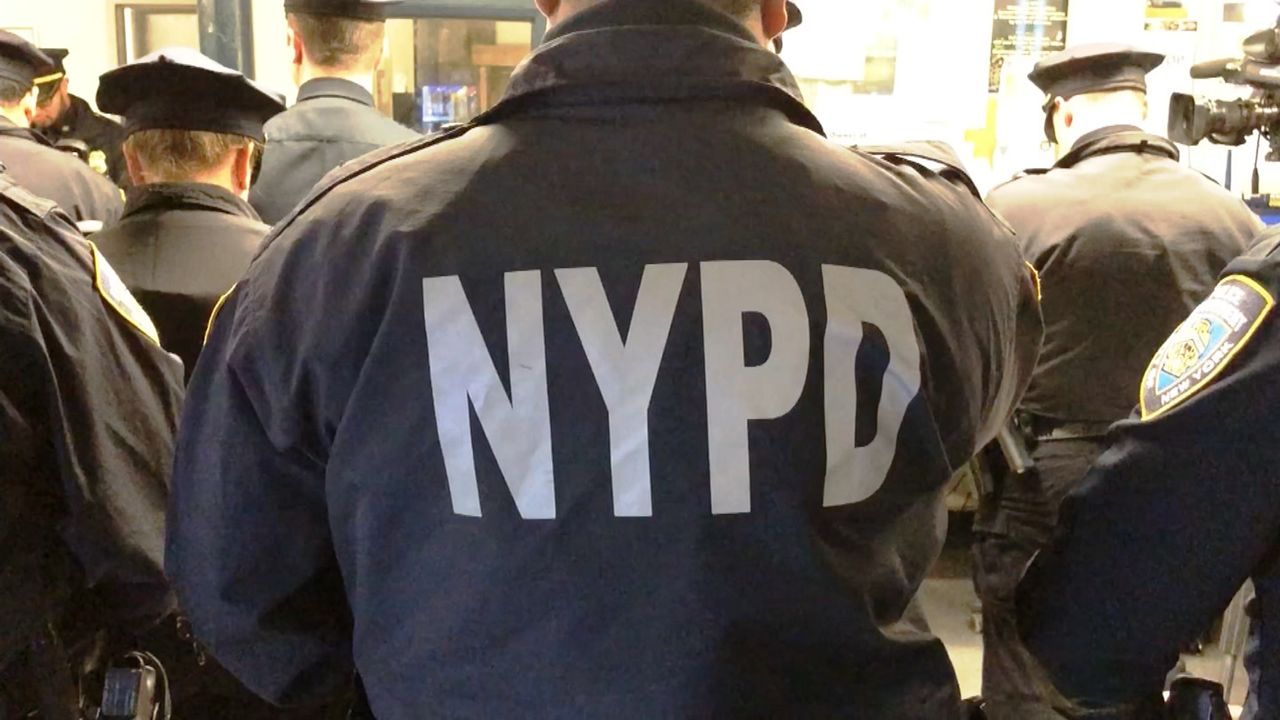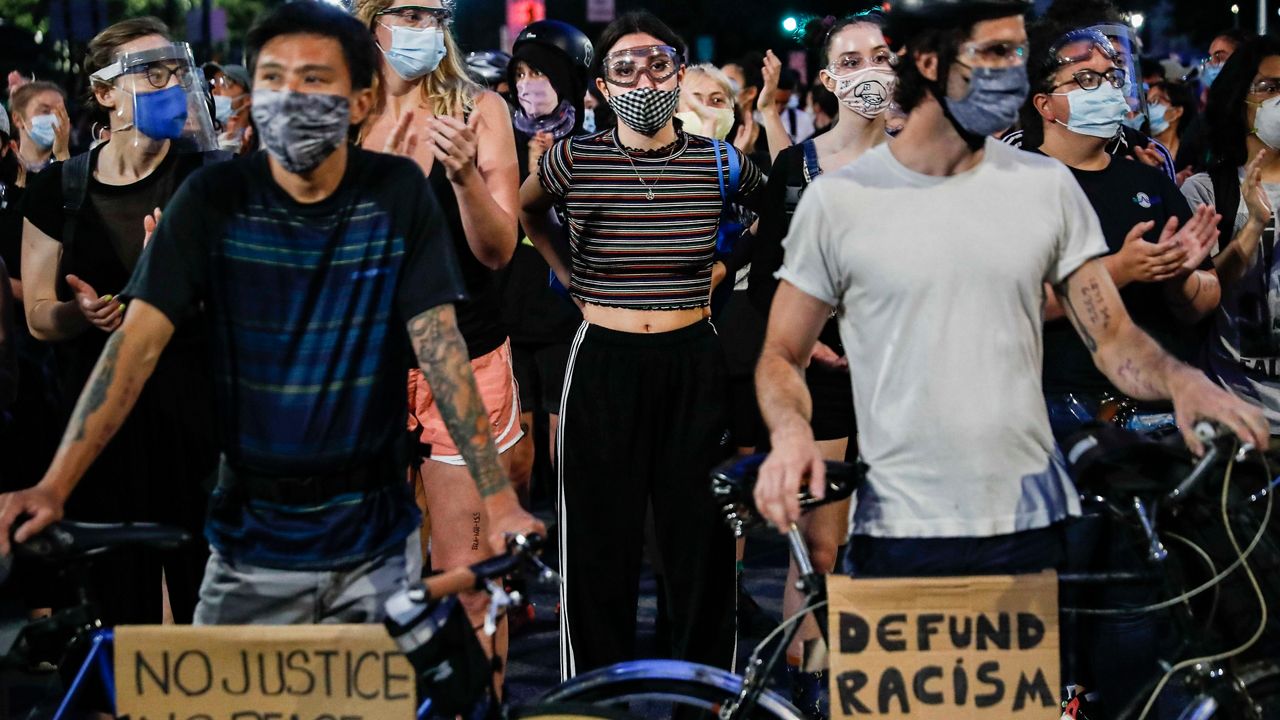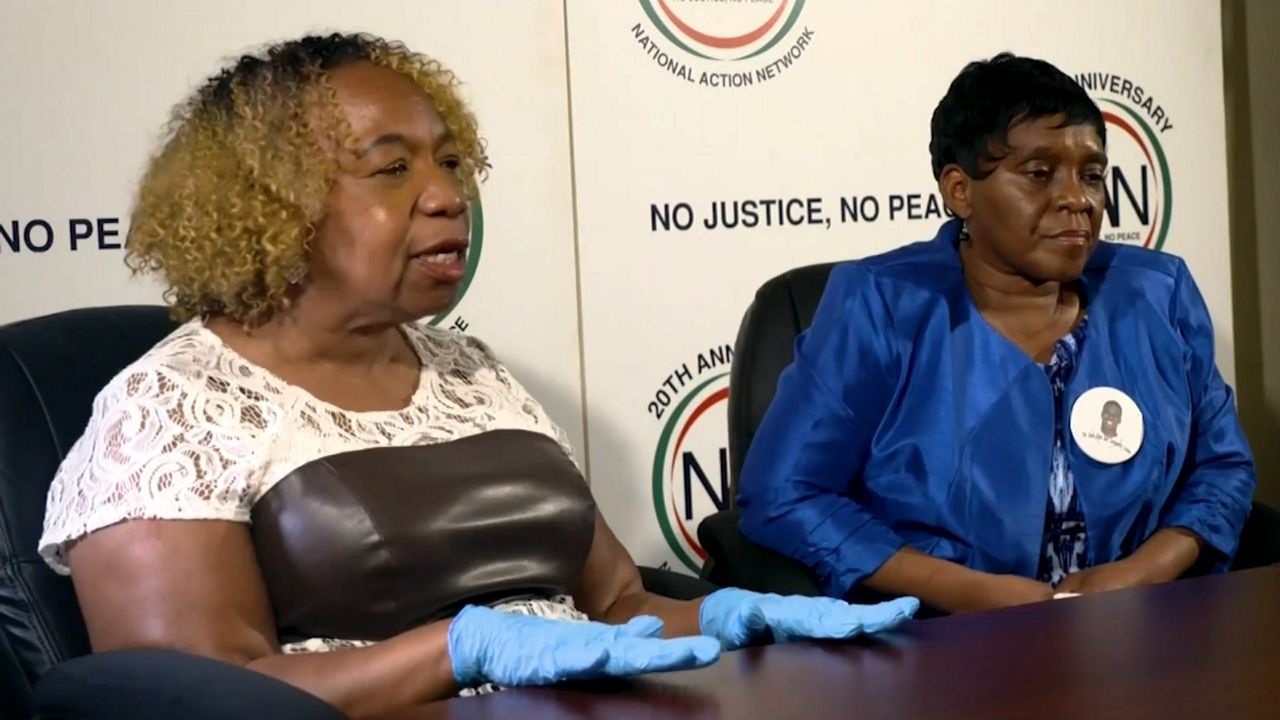All this time to think made it sink in that 43 years in the news business is a long time.
Some of my mentors in 1977 were people who themselves had 40 to 50 years of experience, so to say my orientation was light years different than today is the ultimate understatement.
- ‘The Journey to Equality’: How George Floyd’s Death Sparked a Movement in New York
- What It Means to Cover Protests for Racial Equality When You’re a Black Journalist
Names you needed to know then were Neville Brand, Randolph Scott, and Audie Murphy. Everybody smoked, and they did it anyplace they wanted. Drinking on the job was an art form. Your opinion was unwelcome, and to admit you even voted was discouraged (I wonder now if these rules only applied to me). The only Black people at the station were me, the janitor, and a man who was at the heart of recruiting minorities in the news business, as we were grossly underrepresented. I was 17 going on 18.
So, all this time to think made me remember the many vets fairly fresh from the Vietnam War who were living the lyrics of “What’s Going On," battling drug abuse, joblessness, and alienation.
If you were Black, chances are you had a brother, father, or uncle struggling with what they came home to. You wouldn’t know it at the movies, where blaxploitation films like “Shaft” (1971) and “Superfly” (1972) offered a sort of bravado to urban life.
Television presented our “Good Times” (1974-1979) as temporary layoffs, easy credit rip-offs, scratchin’ and survivin’, but it was the first TV series to feature a married African American couple.
We had “The Flip Wilson Show” (1970-1974), “The Richard Pryor Show” (1977), “Julia” (1968-1971) - the first weekly series depicting an African American woman in a non-stereotypical role - “The Jeffersons” (1975-1985), and “Sanford and Son” (1972-1977).
Among their white counterparts were "The Beverly Hillbillies," featuring bumpkins turned millionaires, and "Green Acres," featuring millionaires turned bumpkins, where the focus was clearly on the idea that money wasn’t everything. Don’t tell that to George Jefferson, who was unabashedly proud of his DEE-lux apartment in the SKY.
There were others, but I say all this to illustrate the point that if you watched TV or went to to the movies you got the impression that everything was just fine. You can’t get out of the hood, so make the best of it. The truth was painfully different. I personally don’t recall having any close friend whose father was still alive when I graduated from high school.
Poverty, drug abuse, Black-on-Black crime, and police brutality dominated the headlines at a time when the influence of the Black Panther party and subsequently the Black Power Movement was waning. As Gil Scott-Heron famously sang in 1974, “The people know it’s winter … Winter in America and ain’t nobody fighting cause nobody knows what to save. Save your soul … Lord knows from Winter in America."
Many became determined to get out of the hood and never look back.
I admit to being one of those people. I was one of the many African American reporters who benefited from the wave of efforts to make Blacks more visible as success stories. For my part, the news business was a way to step out of the world and observe it for eight hours, but the lessons learned as a reporter start with the fact that struggles are universal and in a so-called mainstream environment must be treated equally. The job requires a level of empathy that goes beyond good-hardheartedness and demands research and a true understanding of other perspectives. It does take you farther from your roots, but all this time to think is changing that. It’s plain to see that for millions of people of color, nothing has changed since those days in the '60s and '70s.
When bad things happen there’s typically a rush to put a public Band-Aid on the problem, condemnations of racism, and even legislation that look good on paper and make people shut up and go home. But in this day of social media and cellphone video, our job as journalists has changed from reporting it and moving on to documenting whether anything is working, if promises made are being kept and if someone is held accountable. The pandemic has exposed conditions that people have complained about for decades, and it doesn’t seem like this current movement will settle for anything but change they can see and feel.




